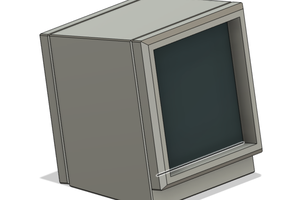The working principle:
Imagine a couple of rails one on top the other, those rails are static. Imagine now a pin with only 1 wheel in its middle, the pin is perpendicular to the rails and is taller than the rails. The pin is either riding on the top or bottom rail (and can change rails on strategic “switch point”) and is driven by a rigid outer belt. The top of the pin here is the braille dot which is either raised (i.e. the pin rides the top rail) or lowered (the pin rides the bottom rail). Now imagine that the rails are actually not linear but, in a circle, to get a display of, virtually, infinite length.
This system has the advantage that the user cannot push the raised pins down as their height is stopped by the rail. This means that the switch from one rail to the other cannot occur on an area exposed to the user. One other advantage of this display is that the user only has to place his fingers and the display moves itself (at a custom speed).
As of right now, the problems I have identified are:
- Somewhat tight tolerances on very small mechanical parts
- The achievable compactness might not be sufficient to be an actual handy device for day to day use
 Virgile-Colrat
Virgile-Colrat
 Frugivore
Frugivore
 Jeremy Gilbert
Jeremy Gilbert
 deʃhipu
deʃhipu
 w_k_fay
w_k_fay